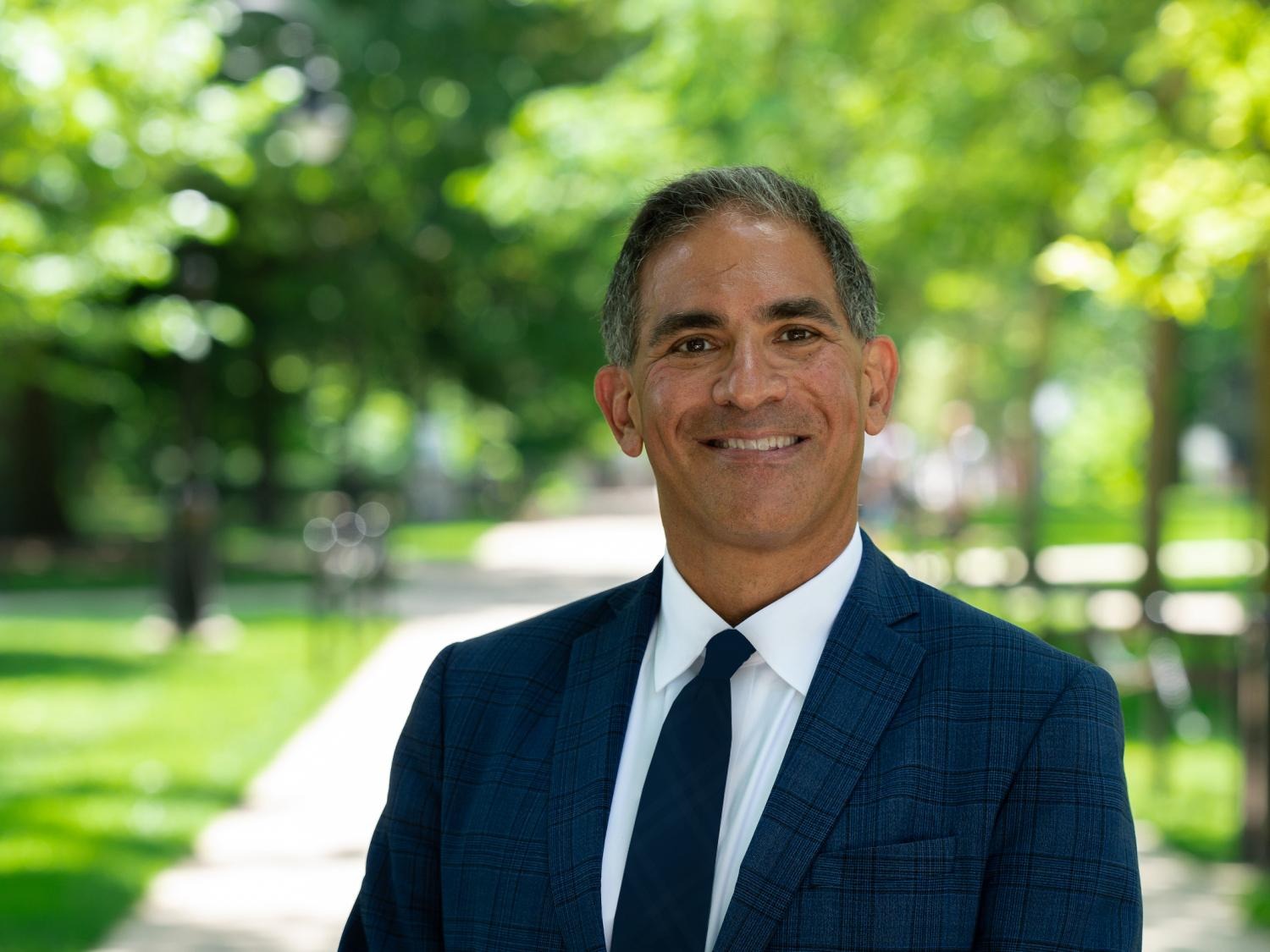
Half a month into the new year and I have lost all sense of time passing. Moving deeply southward across the continent in the dead of winter will do that. It is disorienting to see a rose in bloom in January, but here on the Gulf coast of Texas on the trellis of my mother’s front porch, the yellow climbing rose is loaded with buds.
Today I attended to dog sitting duties, to daughtering duties, and to a smattering of work on the computer via the internet, invisible energy waves that have come to represent reality. Odd that time offline has come to feel somehow less real, time away from the constant tasks always at hand on a computer screen. When time in the physical world begins to feel uncomfortable, when my fingertips begin to itch, I pull out the smart phone and glance at it to stay connected.
Today I’m driving a pickup truck, enjoying the pleasant bounce from up high when it hits a pothole. Along the curbs, drifts of blown sand mingle with fast food wrappers and carelessly tossed cups. A steady breeze cools this nearly 70-degree day, stirring the percussive palm fronds to a soft clatter. The sea is calm and the tide is low at mid-day when I walk the dogs along a deserted beach, the only sounds the rolling waves and the echo of distant hammering. Beyond the dunes, work men hang like monkeys from the tall frame of the house they are building.
The dogs prance steadily forward until the breeze sends them a whiff that changes their direction. A clotted strand of rope, a rotting fish carcass, a buried sandal — all targets to sniff with great purpose and mark. I study the geometric designs the wind and surf have left on the broad expanse of sand and follow the pattern of our foot- and paw prints back to the truck. Halfway there, a thin honking overhead sends my eyes skyward and I stop in my tracks. The dogs stop too and the three of us watch as two massive trails of snow geese flutter high against the perfect blue January sky. In less than a minute they have traveled across the island to the bay and inland to where we can no longer see them.
My mother is worried because she cannot reach her 93-year old sister in Tennessee by phone. I make some calls and find out from a caregiver that her sister is fine, just recuperating from a cold with the phone unplugged lest she try to answer it and fall as she has several times in the last few months. My mother weeps, not because she cannot talk to her sister but because if she could her sister would not know who she was. Their parents were born in 1900 and these two are the last remaining of ten children 114 years later, the breadth and width of all that time, all those lives gradually disappearing.
I climb in the truck to take the dogs home and a screaming orange sky glows to the west. I drive toward it on streets that lead to the bay, past houses rebuilt since floods swamped the island five years ago. When I reach the water’s edge the sun has just fallen below the horizon leaving behind enough light to scorch the sloshing bay waters. I turn the truck around, and as I do a massive flat disc of light rises low in the eastern sky — the first full moon of 2014.
I have read about it — the micro moon it is called because of its distance from earth, full moon in Cancer, a guide, some say, to remind us where we feel safe and where we do not. I turn the truck and race again, this time toward the sea where there will be no buildings or fences or trees to impede the view. The dogs are patient passengers, noses tipped toward window cracks, eyes tuned to pick out anything with four legs that we might pass.
Finally we reach the seawall and pull a U-turn to face eastward. I park the truck and sit, astonished by the sight of the yellow moon rising, so round and full, a glittering trail of light below it illuminating the choppy sea. It occurs to me that I might snap a photo with my phone, but that gesture seems ridiculous. The dogs and I sit in silent wonder, all eyes trained toward the motionless sky, an umbrella of light bigger than anything we might dream of capturing.
Kathryn Eastburn is the author of A Sacred Feast: Reflections of Sacred Harp Singing and Dinner on the Ground, and Simon Says: A True Story of Boys, Guns and Murder in the Rocky Mountain West. You can comment and read or listen to this column again at The Big Something at KRCC.org. “The Middle Distance” is published every Friday on The Big Something and airs each Saturday at 1 p.m. right after This American Life.









